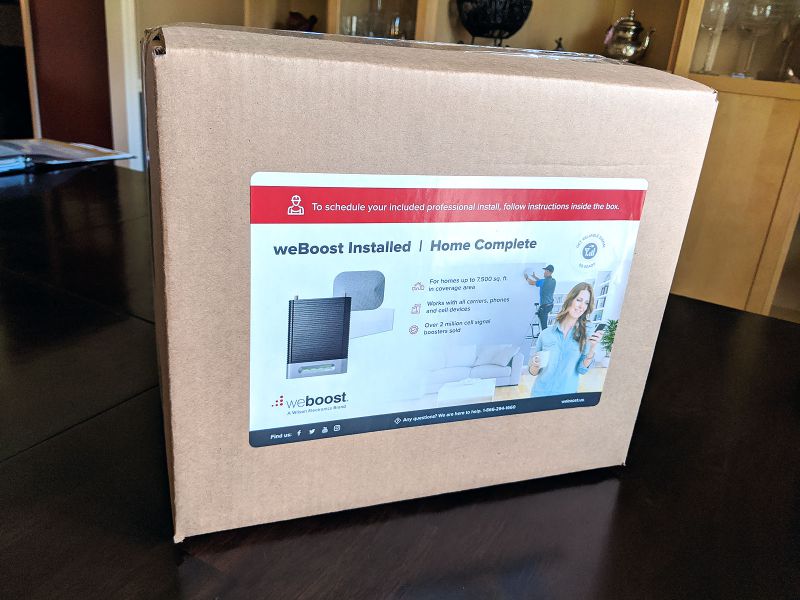
REVIEW – If you are having problems with cell phone signal strength at home — dropped calls, poor sound quality, unsent texts, can’t surf the web, etc. — you should consider the weBoost Home Complete Signal Booster.
I talked to my friend Julie at The Gadgeteer which resulted in a box above arriving on our doorstep about four days later. Now, you might think that once a solution to our signal problem was on the way, I would not have had to hear about our signal problem 60 to 80 more times over four days. I think we understand each other now, so you know that I did.
The weBoost Home Complete sounded like the kind of device that would really improve the quality of my life.
What’s in the box?
When I opened the box, I found the following card at the top with a cardboard divider suggesting that I stop exploring and call in the professionals for installation. I know from the product description that it includes an external antenna, signal amplifier, and internal antenna. I would assume there is also mounting hardware and other accessories.
I called the number and the good people at Ontech scheduled our installation in two days (yes 30-40 more complaints), but I thought this was extremely quick. I asked about Covid precautions. We are fortunate enough to be able to do our jobs remotely, so we have been extremely cautious about exposure. In fact, the tech will be the first person outside our immediate circle that we allow inside our home. The person on the phone assured me that the tech would be wearing a mask, gloves, and wiping down surfaces when finished. A bit more on that later.
Because a signal meter needed by the technician for determining the best location for the external antenna and testing the resulting signal boost was unavailable, Ontech called me and pushed the install back one day.
You guessed it (15-20), but I can now see a light at the end of the tunnel.
Installation day
The technician called an hour before arriving and showed up on time. Friendly guy. It was a pretty hot day and he initially walked up to the house sans mask and gloves. He was a big guy and I am sure the heat played into his thinking, but I politely reminded him about precautionary measures. He quickly went back to his truck and returned properly outfitted. I don’t blame the guy for trying, but the fact that he tried made me even more certain that we were not taking chances.
I could make a condom analogy here, but I won’t.
The tech took the box and unpacked it outside in his truck. I decided not to try and photograph any of this.
Preparation for installation
The first thing the technician did was evaluate the signal in various areas of the house for a baseline reading. He had a professional signal meter which showed decibel signal strength readings which did not match up precisely with my cellphone application’s readings. Having said that, the signal relative strength readings stayed pretty consistent — where he showed the strongest signal in the house, my cell phone app also indicated the strongest reading. There was basically about a 10db difference between our readings. For this reason, I decided not to try and take down all of his readings. My goal, under the circumstances, was to allow him to do what he needed inside the house as quickly as possible.
And then get out.
Do I sound paranoid? Maybe so, but that doesn’t mean the virus is not out to get me (double negative intended).
The tech used an application on his phone to determine the nearest cell phone tower for our new carrier (OK, it is T-mobile) and then verified that the strongest available signal was coming in at the corner of the house nearest the tower. Next, he assembled the external antenna (receiver) and used a ladder to position it as close as possible to where he intended to mount it. He drilled a hole through the wall for the cable and ran this to the amplifier unit which he also had positioned very close to where he intended to mount it inside our garage on the rear wall. Finally, to test the effectiveness of this configuration, he drilled a hole from the garage inside wall to the dining room where the interior antenna (transmitter) would be positioned. He ran the output cable from the amplifier to the transmitter and powered up the unit. To this point the only permanent steps were the two holes he had drilled.
We both ran signal strength tests in multiple locations (my readings will be shared later) and determined the system was providing a fairly significant signal boost. I also made phone calls from various parts of the house and this was working very well. We decided to permanently mount the components in these locations.
Permanent installation
Starting on the outside, he attached the antenna to the underside of the soffit on the northwest end of the house.
The bracket could probably look a little better, but it is no worse than typical digital satellite dish mounting hardware — don’t even get me started on the rat’s nest of wires that were hanging on the side of the house from our cable TV provider when we bought the place. By comparison, this looks a lot better, but the cable provider set the bar pretty low. This photo reminds me that the gutters are long overdue for a good power washing. The coaxial cable runs from the antenna, through the wall, and into the garage.
The coax comes in from the external antenna and attaches to the top of the amplifier. To me, this amplifier looks like the unit my son purchased to boost the subwoofer in his car a few years ago. We joined our neighbors in applauding the decision to add long-distance glass rattling to his mode of transportation. The other coaxial cable goes from the top of the amplifier to the internal antenna. The power cable comes out of the bottom of the amplifier and is plugged into a nearby power outlet on the wall.
So the hole in the wall is just the bare drilling. The kit did not include any kind of cover, so I will have to make something to dress that up. The interior antenna looks pretty stylish — kind of like a speaker.
There is a kickstand on the back of the antenna. It also has the typical wall-mounting slots on the backside of the unit. Once the three main components were mounted and connected, we powered it all back up again. Then we took a few minutes to test signal strength with his professional meter. The mounted system actually provided a slightly stronger signal boost — probably because the external antenna was mounted and pointing directly at the nearest cell tower, rather than laying in the gutter.
About decibel readings
A quick excerpt I found on signalboosters.com — a website that sells cell phone boosters — including weBoost units from Wilson Amplifiers.
dB gain is a unit of measurement that defines the power of amplification. So a +10 dB gain is stronger than a +7 dB gain. However, dB gain is measured exponentially meaning there’s a big difference between a +7 and +10 db gain.
How much of a difference?
It’s double the power! For every +3 dB gain translates to doubling the signal strength. For every +10 dB is 10 times the signal strength. +20 dB gain? That’s approximately 100x more powerful.
The results
According to Wilson Amplifiers, cell phone decibel readings run from -50 to -120 decibels with -50 being full bars and best possible signal and -120 being one or no bars and poor to no usable signal. I mention this because, as you will see below, almost all of the readings I took with the cellphone application before installing the amplifier ran lower than -120db. The technician’s professional signal strength meter consistently showed a signal strength reading that was about 10 decibels higher (e.g., -120db on my cellphone app equaled -110db on his signal meter). Given that the cellphone worked prior to the amplifier’s install (just poorly), I am going to assume that my phone’s internal meter is off by about 10db. I do not intend to make this adjustment when discussing the results — I will just discuss the difference between before and after in terms of signal gain.
I took readings in several rooms on both floors of the house and also outside on the front and back porch. With one exception, the signal strength was significantly better with the weBoost Installed Home Complete Signal Booster kit.
The living room lies on the Northside of the ground floor and it is where we spend a lot of our leisure time. We saw a gain of 13db which is more than 16X signal strength. These readings were taken approximately 21 feet from the interior antenna. Good to know we can easily surf the web and talk on the phone while we are watching TV going forward.
We spend most of our working from home time in our office on the ground floor about 13 feet from the inside antenna. He got a signal boost of 24db — well over 100X. Fabulous! Also, note Julie pestering me as I took the screen grab on the left. What does “They you go,” mean?
These readings were taken upstairs on the West end of the house. This is where we have a guest bedroom and Annette has a craft room, so cellular performance is pretty important in this part of the house. We see a signal increase of 14db which is approximately 30X what we had prior to installing the weBoost amplifier. Our daughter stayed with us for two weeks right after the unit was installed. It is safe to say that she practically lives on her phone and she had no problems using it from that part of the house. Perhaps more importantly, there were no interruptions to the white noise and music she streams to the speaker for her 6 month old son when he went down for a nap up there.
OK. Here is the one anomaly in all of the paired before and after signal readings. This one was taken as far away from the internal antenna as is possible and still be inside the house. We show a 4db loss after the unit was installed. All I can say is that my cell phone works fine in this area of the house after the installation. More importantly, someone else’s cellphone also works fine there.
We spend a lot of time on the screened-in back porch just outside the back door, so I wanted to see if the weBoost unit helped us out there. Approximately 22 feet from the internal antenna and through an exterior wall we see a 4db increase — more than double the signal strength. A nice bonus that I had not thought about before getting the unit installed. We got a slightly greater boost on the front porch, but that was expected as it is significantly closer to the inside antenna. Also less important as we are not the type to sit on the front porch and wave at people as they go by. Not that there is anything wrong with that.
Finally the readings from the ground floor dining room where the interior antenna is installed. Not surprisingly we see a signal gain of 38db here. I guess we know where to take that call from the president.
What I like
- Signal boost throughout the house.
- Cellphones went from mostly unusable to good working order.
- Professional installation included. Mine came from Ontech. It could be they include a different card and service provider depending upon your region.
- Cellphone complaints have gone from 15-20 per day to zero. Thank you Wilson Amplifiers!
What needs to be improved
Final thoughts
I really like the Wilson Amplifiers weBoost Installed Home Complete Signal Booster Kit. I continue to be impressed by the appearance and performance of the unit. Although the unit is a bit pricey, the difference in cellphone bills would have paid for the unit in about a year.
Price: $1,199.99 USD
Where to buy: Wilson Amplifiers
Source: The sample of this product was provided by Wilson Amplifiers.
"complete" - Google News
July 17, 2020 at 07:03PM
https://ift.tt/2Bdqbjy
Wilson Amplifiers weBoost Installed Home Complete Signal Booster Kit Review - The Gadgeteer
"complete" - Google News
https://ift.tt/2Fvz4Dj
https://ift.tt/2YsogAP
Bagikan Berita Ini
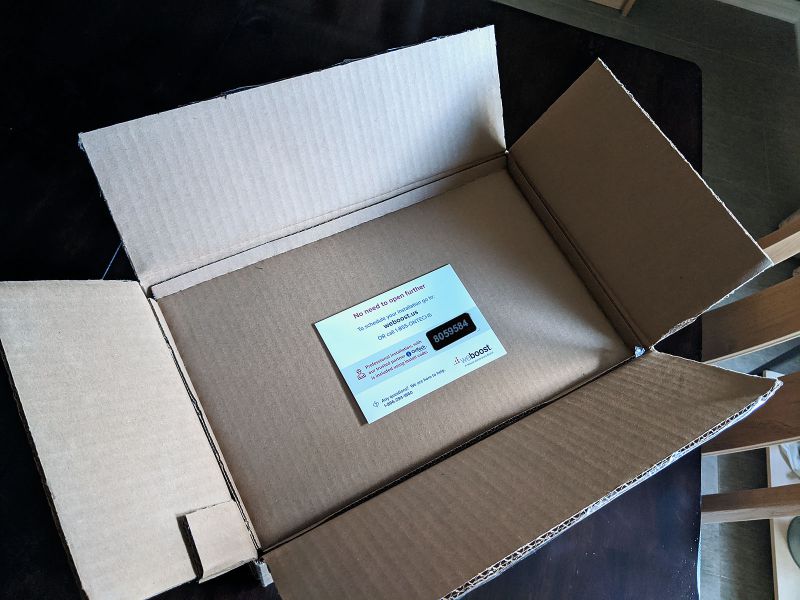
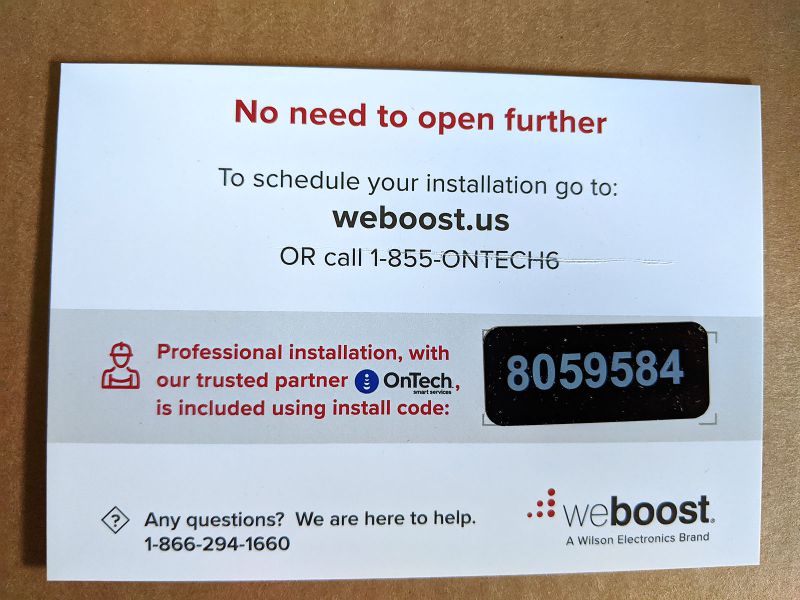
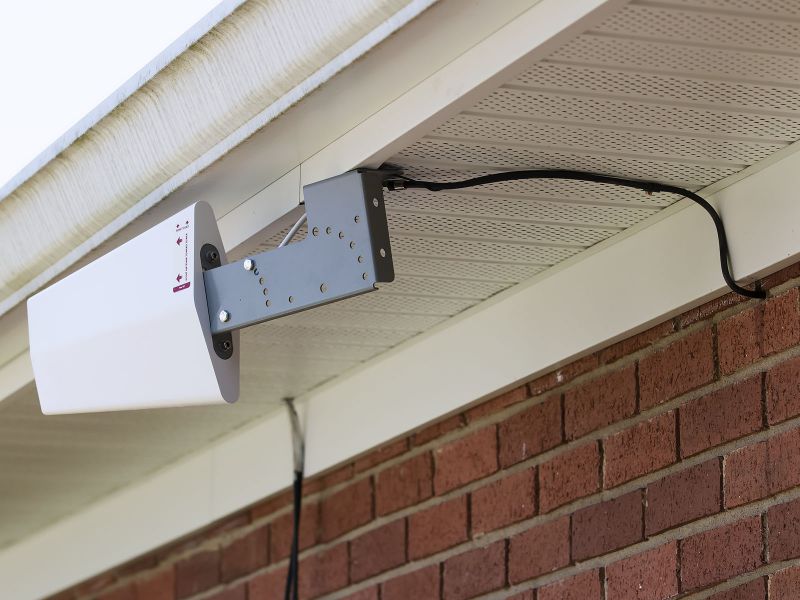
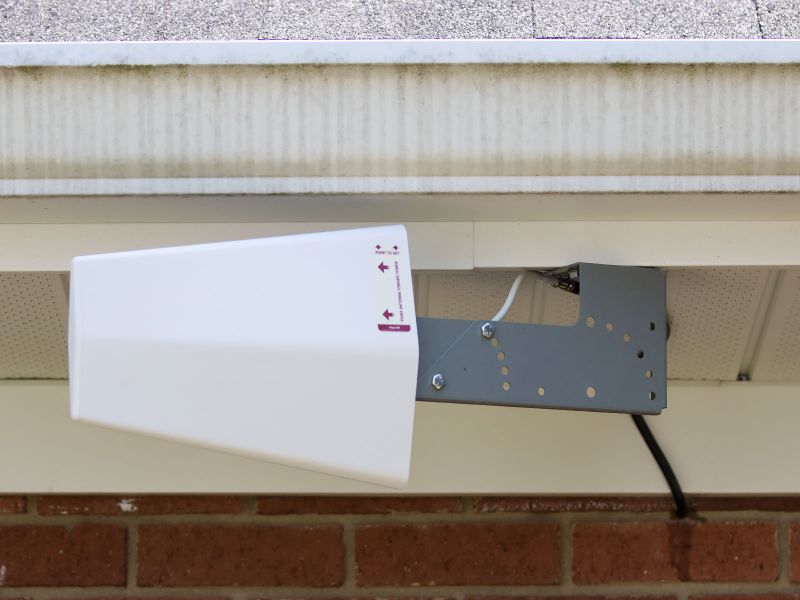
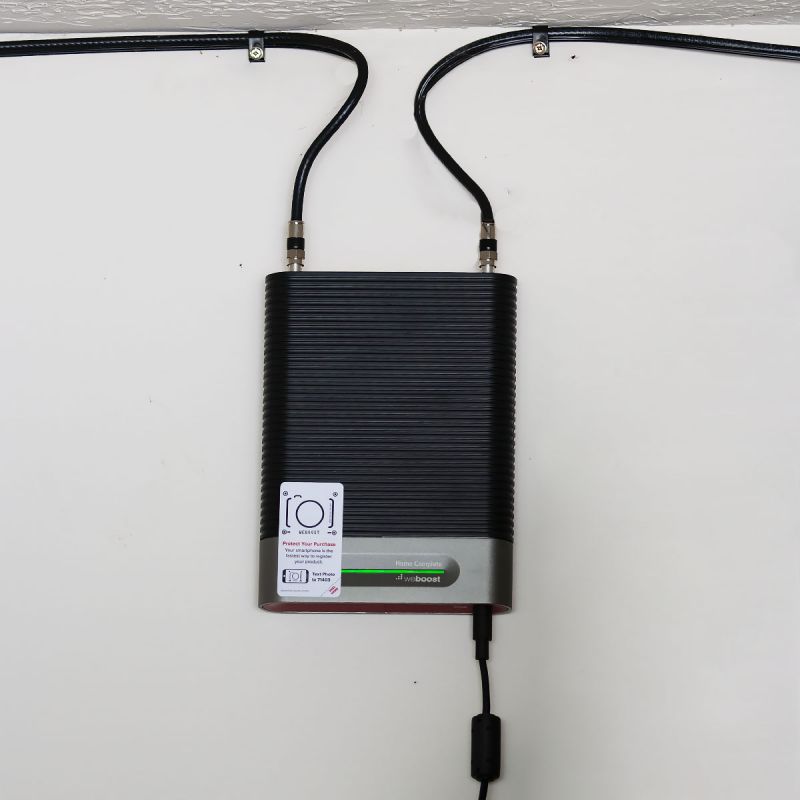
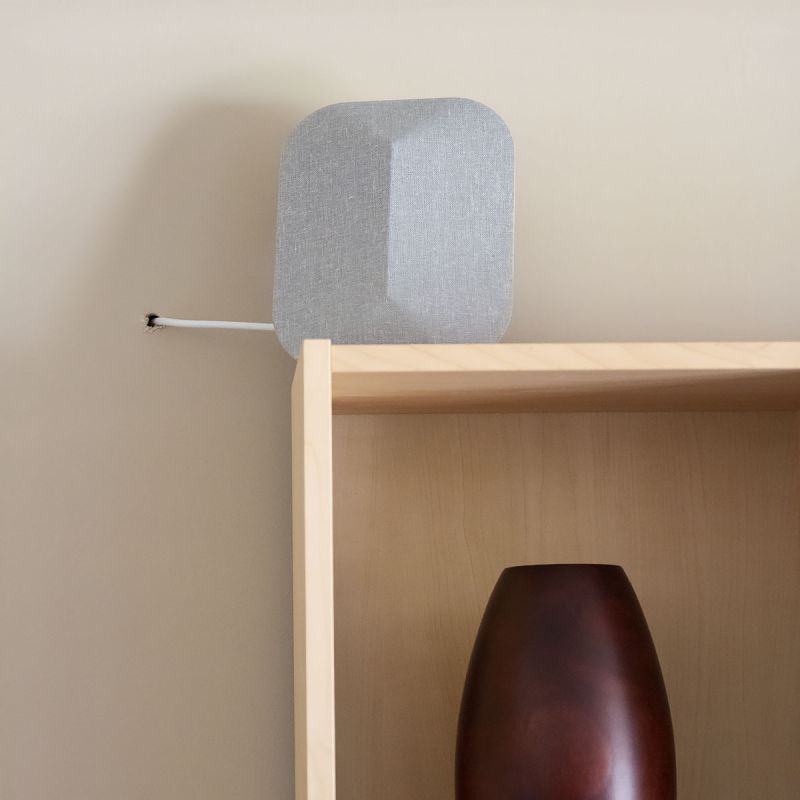
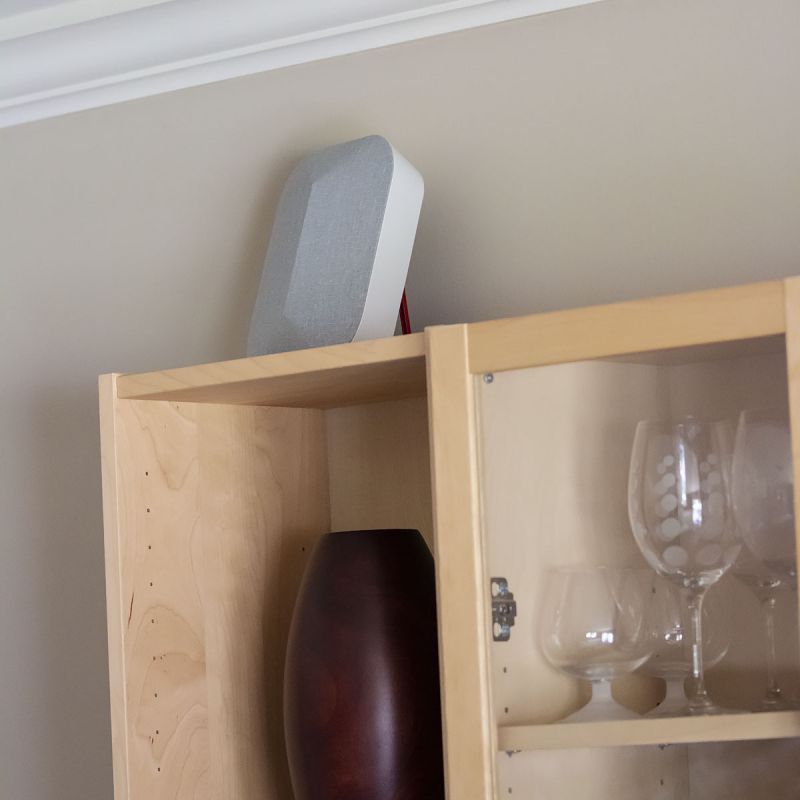
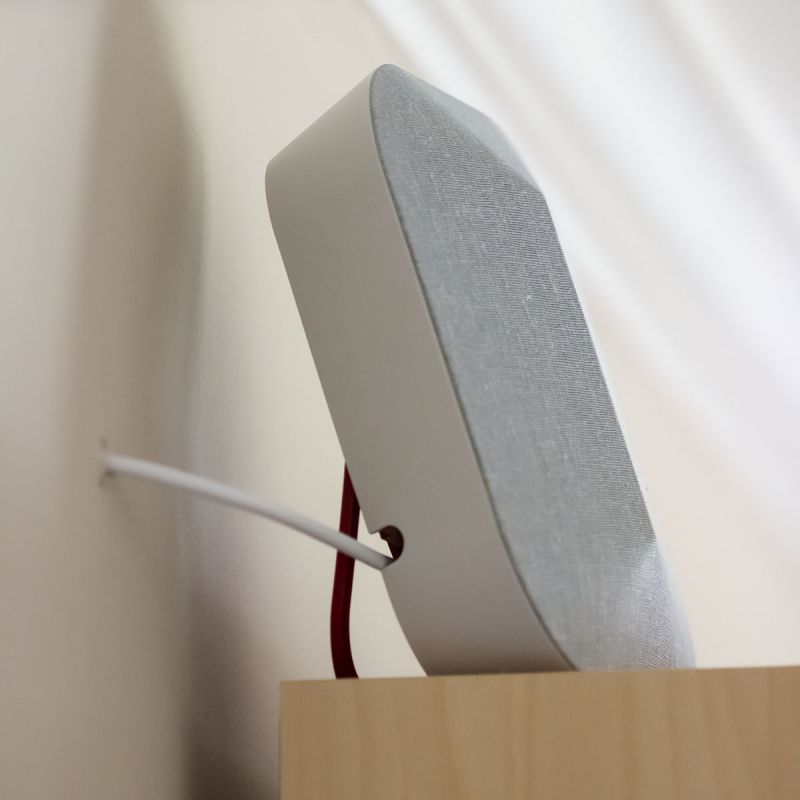
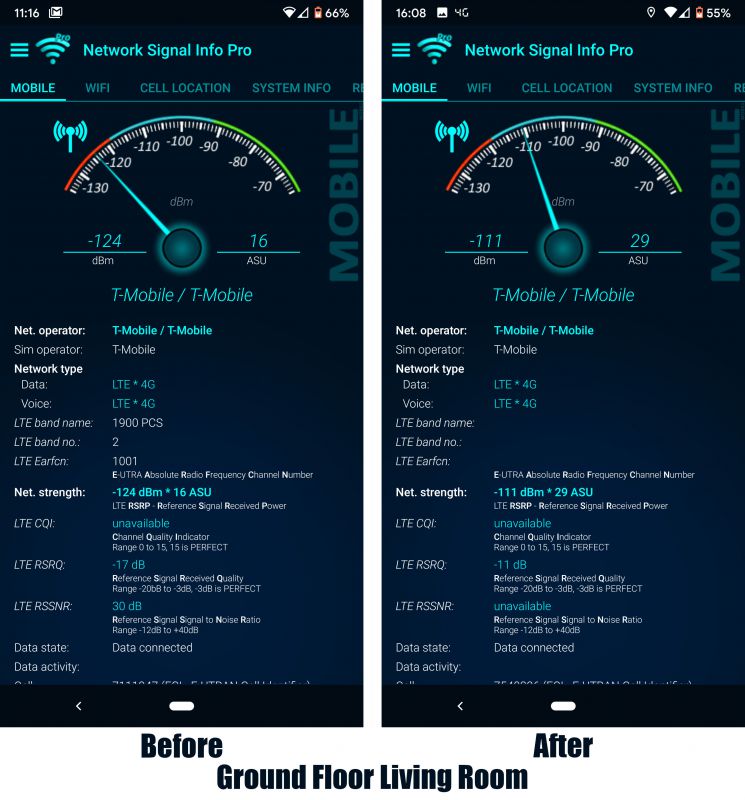
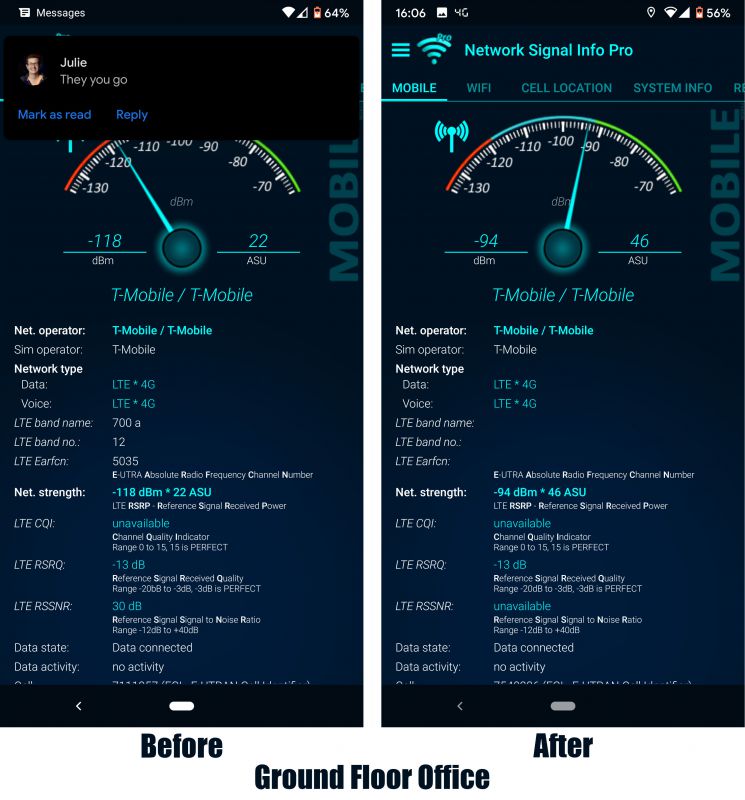
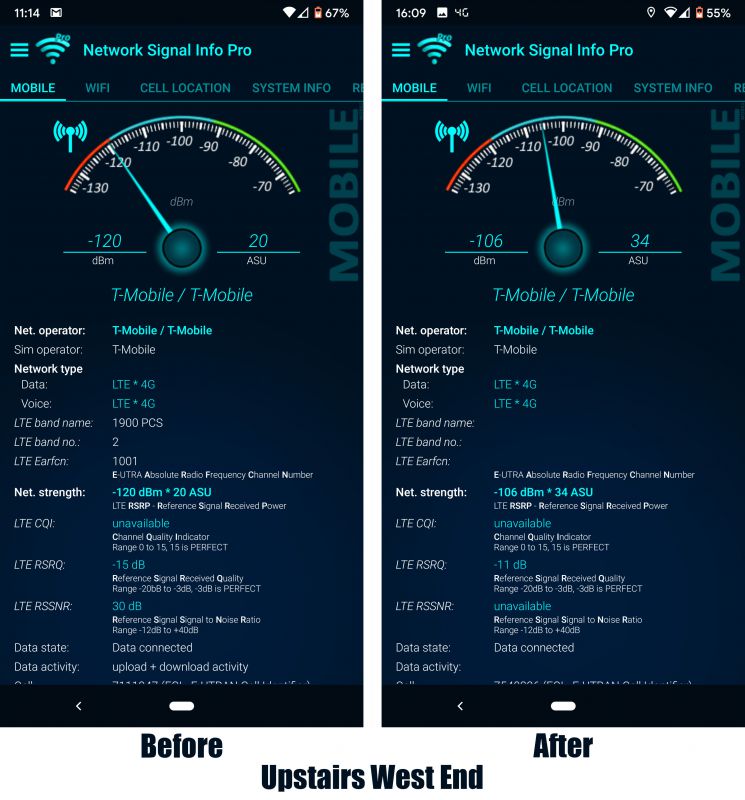
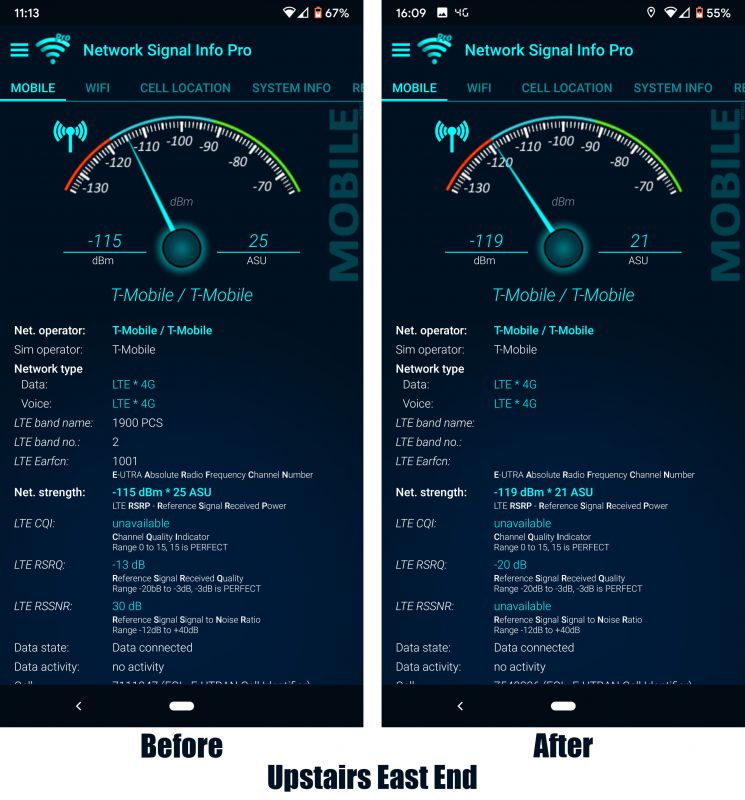
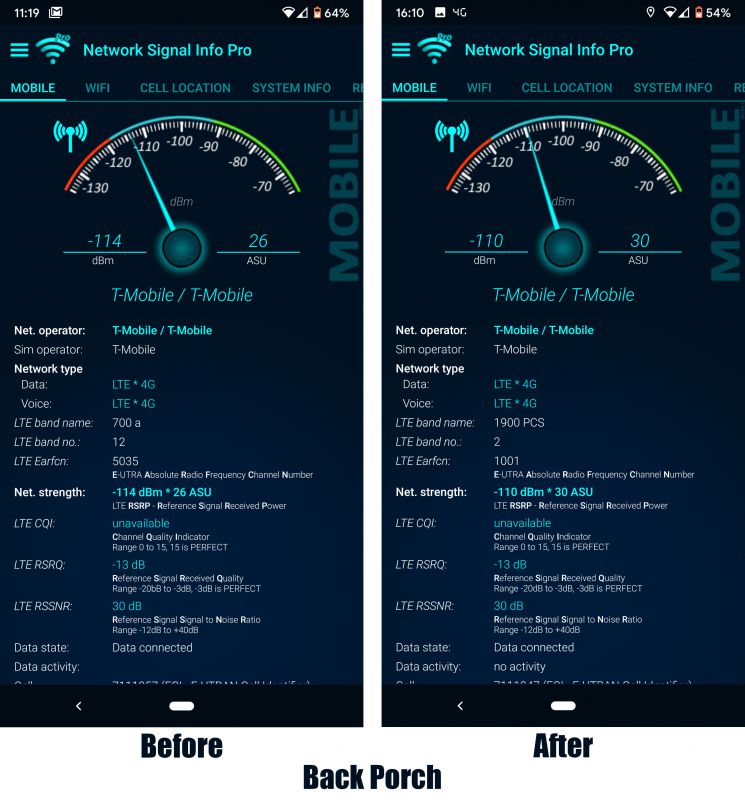
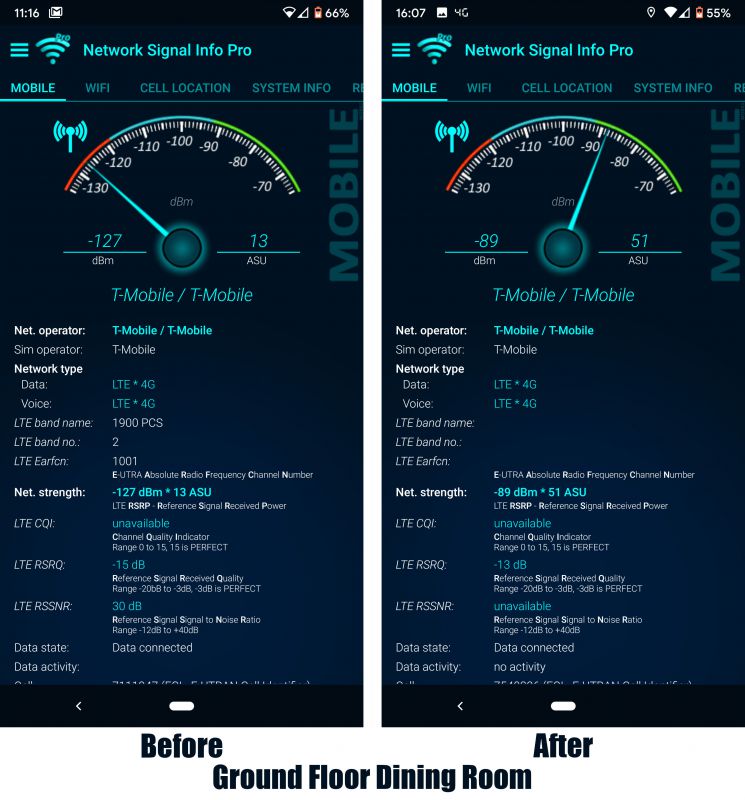














0 Response to "Wilson Amplifiers weBoost Installed Home Complete Signal Booster Kit Review - The Gadgeteer"
Post a Comment